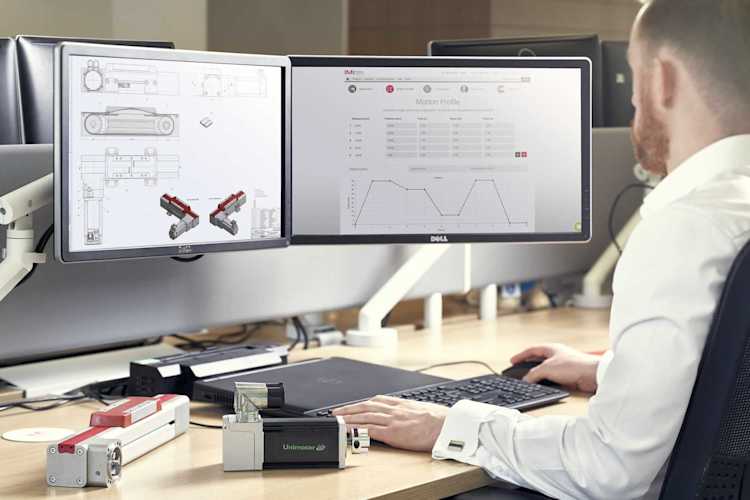Co je to elektromotor?
Elektromotor je zařízení určené k přeměně elektrického proudu na mechanické otáčení vřetena nebo rotoru. V mnoha aplikacích se pohyb otáčivý mění na lineární.
27/08/2020

- Jste zde
Zobrazte informace o svém účtu včetně historie objednávek, uložených košíků a dodacích adres.
Přihlaste se, abyste získali přístup ke svému účtu.
Don't have an account? Register to access price and availability of your favourite Norgren products.